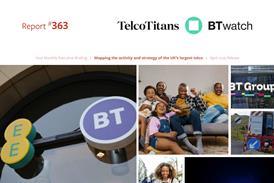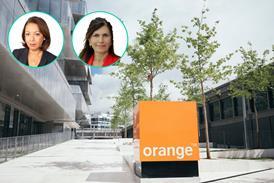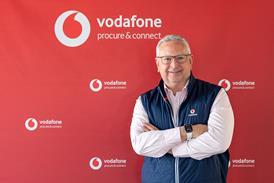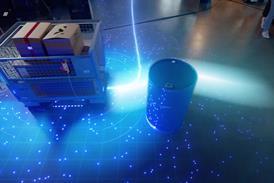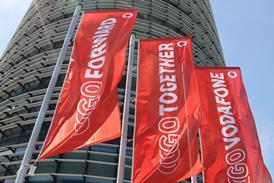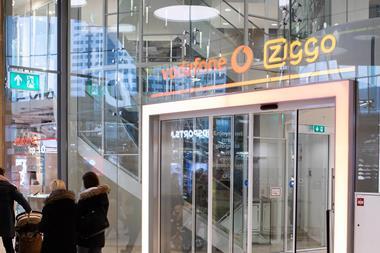- CEO of broadband SI Vector Technologies urges greater understanding of the incredible potential of automation and modernisation at access network level to open the throttle on fibre potential and move beyond less efficient, but stubbornly persistent, legacy tools.
- Operators can’t rely on standardisation to address the complexity of fibre access networks layered on top of legacy technology or growing through consolidation, with more attention needed on integration.
- The urgent business need for greater access network efficiency can only be met in a multi‑vendor environment, and ensuring true interoperability will be vital to unlocking cost and innovation benefits.
- Management attention should turn to ensuring expertise in optical network fundamentals as new skills gaps widen.
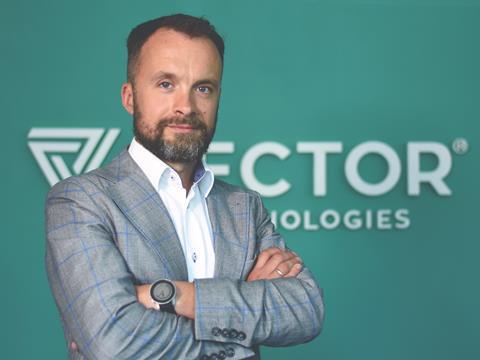
With the UK communications industry set to assemble in London to consider next‑generation connectivity at the Connected Britain conference next week, attending senior management at Vector Technologies, a European access networks integration specialist, are calling on the sector to remember key service delivery fundamentals as fibre network development evolves into a new phase, with a new set of challenges.
A particular challenge that Vector Technologies identifies as common to many operators is in ensuring that efforts to modernise and digitalisation reach all aspects of access network infrastructure, and are not merely latched on to legacy systems and approaches that undermine their efficacy.
Mateusz Sulikowski, Vector Technologies Chief Executive Officer, highlights that even while embracing virtualisation and software‑driven access networks, many operators are still overly dependent on command line interfaces or Microsoft Excel. “If a customer is signing up, they want to have the network connection tomorrow and have it stable for the whole day because they’re working from home: no jitter, no delays”, he says, “It’s all possible, but to build a more cost‑effective network at a faster pace, you need to use more modern tools.”
Similarly, Sulikowski frankly assesses the current industry discussion about automation as too often based on wishful thinking, with “a lot of people talking automation, but only a small group really understanding how to integrate that into a network”. This also segues into utilising automation as a re-skilling enabler.
“ Automation is essential, but it’s not a quick fix. We believe the most important thing is first to understand what the process of building the network, of controlling the network, and upgrading the network really looks like, and not rushing to try and automate everything end‑to‑end by tomorrow. Instead, look for projects that prove the value of automation, and prove it is a set of tools to help people, not replace them. ”
Sulikowski.
Sulikowski expects to meet with many tier-1 and tier-2 operators at Connected Britain that will similarly recognise the need for change at the foundations of network access. For larger players, this may be driven by the need for operational efficiency and revenue-generating innovation, while for altnets and InfraCos it may be tied in to a business approach that proves an ability to be a player and not a pawn in future consolidation. He hopes to find a recognition of the urgency of the need.
“ Telecoms can be an industry that traditionally moves slowly, but that is changing with new wholesale challengers and progress on automation and other new technologies. A lot of operators want to embrace that shift, and we are always looking for those people in the sector who want to change something, and do things differently. ”
Sulikowski.
Standards: not enough to counter complexity
A common thread through all these priorities, according to Sulikowski, is the paramount importance of access network stability.
Beyond the technologies used to provide ultrafast broadband, a stable, reliable connection will remain a fundamental end‑user expectation, and must underpin customer experience. “Whatever modern services a provider offers in terms of convergence or smart home applications, the subscriber needs a stable service”, says Sulikowski.
Another peril linked to shallow‑level adoption of modernisation is that it underestimates the cost and complexity of maintaining access infrastructure.
Many operators are already the product of considerable waves of consolidation, or generations of access network evolution, resulting in a patchwork of vendors and technologies stretched across their footprints. “It’s very difficult to grow such networks, and maintain them. It’s also very difficult to ensure they’re green networks”, Sulikowski notes. Standardisation is often considered the answer to this challenge, but according to Sulikowski too often standardisation is only skin‑deep.
Sulikowski cites situations where an operator could have literally dozens of people working to maintain interoperability between CPEs, despite supposed standardised equipment being deployed. This is taking skilled employees away from innovative and potentially profitable projects to undertake repetitive work that could be better handled by specialist SI partners.
Despite the potential for softwarisation and automation to address interoperability challenges, the current trends in fibre deployment present a risk of exacerbating them.
Interoperability: the key to finding vendor balance
Across Europe, operators have invested massively in fibre, but are historically aligned with a single vendor for controllers and terminals.
In many cases, the search is now on for additional vendors, making interoperability considerations critical in determining effectiveness of transition to a multi-vendor environment.
Sulikowski says the key to ensuring that customers can be connected to stable services cost effectively requires “at least” a dual‑vendor environment in all aspects of access network infrastructure to achieve both price competition and spur innovation.
He also notes that opening up the vendor ecosystem is becoming a priority for leadership teams for these reasons, now that the initial rush of deployment has peaked in many markets and scale benefits increase.
When it comes to vendor selection, Vector Technologies recognises that viable choices may be limited for optical line terminals. There are, though, many more suppliers delivering optical access network terminals, presenting options for greater speed, flexibility, and value. If these are adopted with a focus on interoperability, this creates greater potential for differentiation when compared to being locked into end-to-end solutions. “We work with large and small vendors”, says Sulikowski, “and we help connect the two worlds to make things work faster”.
Networking skills gap could surpass IT shortage crisis
The benefits of a more open and innovative access network environment can only be effectively put to use when new features that come with the most up‑to‑date firmware releases are implemented as a matter of course.
To deliver this, Sulikowski considers that established operators will need support in ensuring that stability is not lost when systems that comprise different vendors, entities, and controllers connected to OSS and BSS are introduced.
He also sees access network domain specialists and integrators such as Vector Technologies playing a key partner role across operators’ growing fibre customer bases, management of multi-vendor environments, and delivery of increasingly automated systems.
This demand is likely to intensify skills shortages, which are already a challenge for operators seeking IT skills, and may be even more significant when it comes to finding people with passive optical network experience. For Vector Technologies, “PON engineers who understand OSS and BSS are a really niche competency in the market and one that we’re investing in with our own team”.
Enhanced 10G lab delivers accelerated access network integration
Vector Technologies is backing its commitment to supporting operators in evolving access network technology with the newly announced expansion of its Access Network Test Facility for headend platforms and CPE solutions in the latest XGS‑PON and DOCSIS 4.0 10Gbps environments.The enhanced lab features innovative automated testing of end‑customer equipment, to assist clients in accelerating development and integration of new technologies into an existing access network. Vector Technologies noted that operator partners are directly linked to the facility through secure VPN tunnels, enabling precisely replication of network environments for testing under real‑world conditions.
Profile: Vector Technologies
With a client list including Liberty Global, Telenet, Telia, and Virgin Media O2, Vector Technologies can lay claim to already be working with operators firmly on their way down a transformational path and in the midst of infrastructure modernisation.Since establishing itself as a major force in PON solutions integration in Poland, Vector Technologies has expanded to play a key role in supporting major fibre rollout progress in Europe and North America through its testing capabilities, professional services, and experience of handling the continuous flow of technology migrations in complex multi‑vendor environments. Website: https://vectortechnologies.com.

